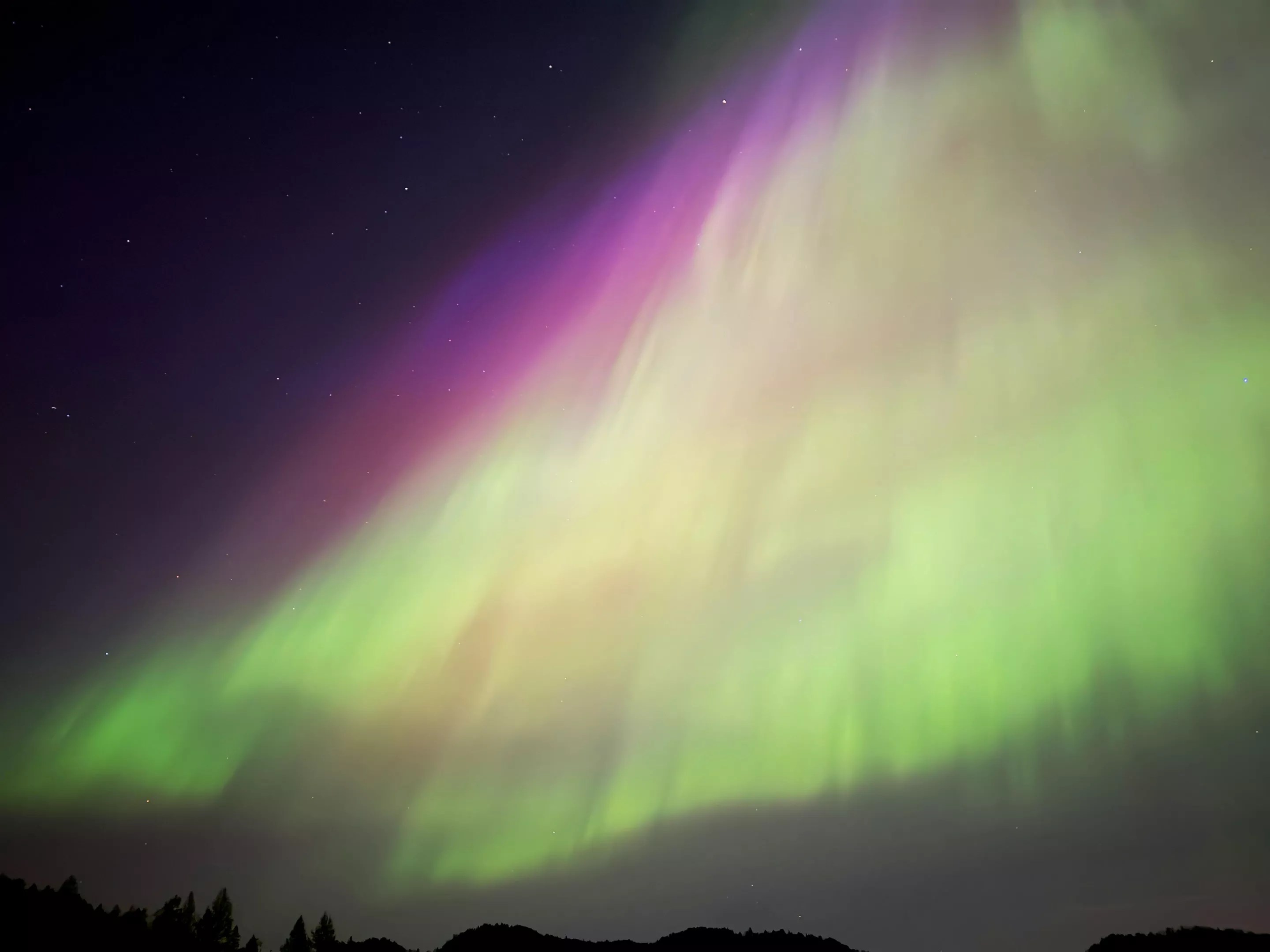
Pexels

Audio By Carbonatix
To the delight of sky watchers across the state, the heavens bloomed with bands of magenta, purple and green overnight Saturday, May 31 and Sunday, June 1.
The northern lights were caused by a halo coronal mass ejection that erupted from the sun on Friday, May 30 and struck Earth’s magnetic field early Sunday, June 1, according to the National Oceanic and Atmospheric Administration. The energy from that cosmic occurrence sparked up a series of strong geometric storms that are now letting up as of Tuesday, June 3. Spaceweather.com called it “one of the biggest space weather events of Solar Cycle 25.”
During the early hours of June 1 and 2, lights were photographed from as far south as the Gulf of Mexico, as well as all over the state of Colorado. Photographers in Estes Park, Rifle Gap State Park, Salida, Boulder and more captured the colorful lights. “Way past my bedtime, but it was so worth it,” one Facebook photographer says in a post sharing photos of the sky.
Spaceweather.com also has a real-time image gallery of aurora borealis photos from around the world.
Denver, make your New Year’s Resolution Count!
We’re $17,500 away from our End-of-Year campaign goal, with just a five days left! We’re ready to deliver — but we need the resources to do it right. If Westword matters to you, please contribute today to help us expand our current events coverage when it’s needed most.
The aurora borealis likely hit its peak in the early hours of Sunday, but some still ventured out to the mountains during the early hours of Monday to see if they could spot the colors.
“Keep an eye on the Aurora oval tonight,” one Reddit user advises. “If it dips into Wyoming for sure I’d check outside. Sometimes it’s only visible with a camera – use night sight on your phone (or whatever your phone model calls it).”
Northern lights are only visible at night, and unfortunately for Denverites, only when the sky is free of clouds and light pollution, so the light show will not be viewable from cities like Denver.
Did you miss it? Check out these photos posted on social media from around the state:
Sunday, June 1, Colorado, 1:31am
byu/Hairy_Indication4765 innorthernlights
Nice view of the northern lights last night!
byu/Embodied_Embroidery inboulder